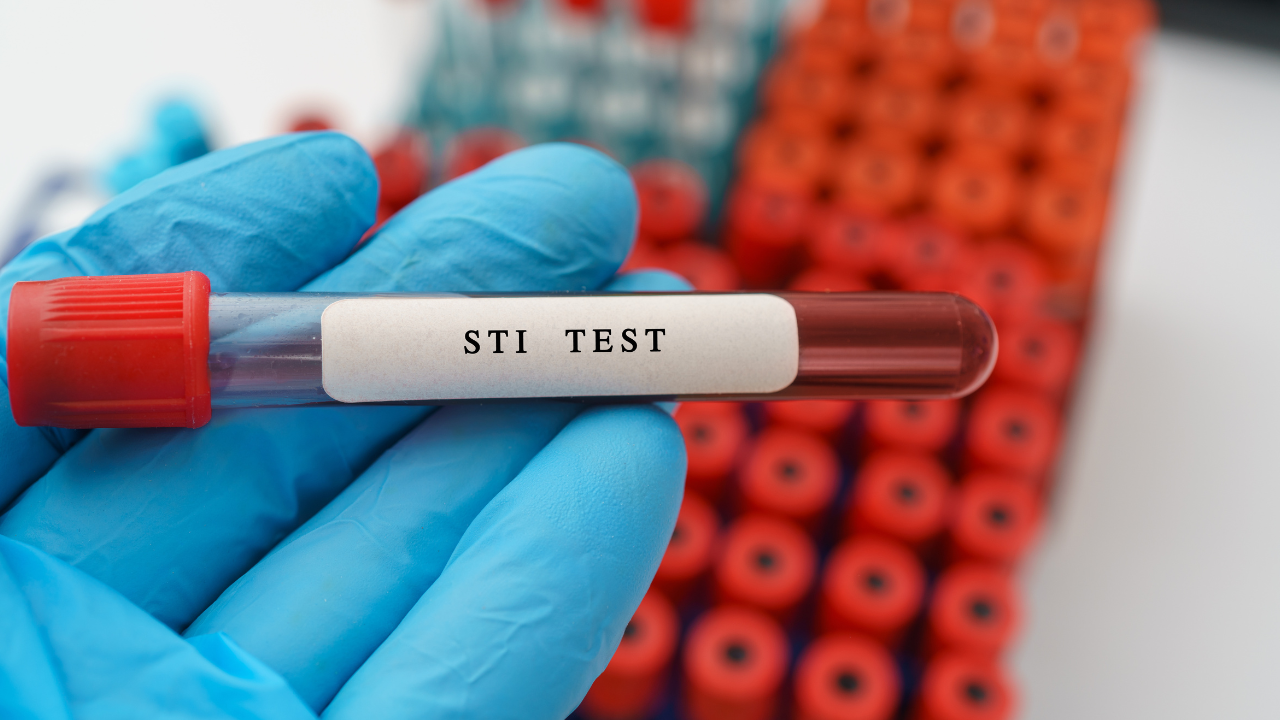CDC STI Surveillance Report Finds Over 2.5 Million Cases of Sexually Transmitted Infections, Skyrocketing Rates of Syphilis
The US Department of Health and Human Services has initiated a comprehensive strategy to address the escalating syphilis rates, as a result.

Earlier this week, the CDC released data detailing a significant rise in sexually transmitted infections (STI), with syphilis cases surging nearly 80% over five years. Despite chlamydia and gonorrhea remaining the most common STIs, the US Department of Health and Human Services (HHS) said the marked increase in syphilis, including congenital syphilis, is alarming.
“CDC will continue to examine this finding closely and look to 2023 data for better understanding, but recognize this finding may be a cause for an even closer look at public health efforts and redoubled prevention strategies,” the agency stated in the report. “As STI services and related resources continue to rebound from the US COVID-19 pandemic and mpox outbreak, we must act now to mobilize and execute a whole-of-nation approach if we hope to turn the tide.”
As a result of the findings, HHS announced the launch of a task force focused on combating syphilis, particularly congenital syphilis, which saw more than 3,700 cases in newborns in 2022, up significantly from 2012.1,2
Aiming to leverage federal resources to lower infection rates and direct aid to the most affected communities, the task force will focus on increased syphilis testing over the next three months, especially for pregnant individuals and those in underserved communities, while encouraging patients to seek out alternative testing sites beyond traditional prenatal care settings.2
The agency is also in the process of creating guidelines or the use of doxycycline as a post-exposure prophylaxis to prevent bacterial STIs. Despite these efforts, challenges such as a shortage of the congenital syphilis treatment drug Bicillin L-A and the impact of federal budget restrictions have made the situation more complicated.2
“The syphilis crisis in our country is unacceptable. The Biden-Harris Administration is committed to addressing this urgent issue and using all available means to eliminate disparities in our health care system,” said HHS Secretary Xavier Becerra, in an agency press release. “These actions we are taking will help ensure we are improving outcomes for birthing parents and newborns. We must prevent more deaths caused by congenital syphilis, an entirely preventable disease.”
In the aforementioned press release, HHS mentioned a number of actions that have already been taken in the new year to reduce effects of the syphilis epidemic, including:
- Temporary availability of Extencilline, currently authorized in other countries, in order to alleviate the recent Bicillin L-A shortage.
- Leading workshops with the goal of receiving outside perspective on how to deal with the ongoing spikes.
- A roundtable co-hosted by HHS and CDC focused on the available resources to reduce congenital syphilis.3
“In the United States, syphilis was close to elimination in the 1990s, so we know it’s possible to reverse this epidemic,” said Jonathan Mermin, MD, MPH, director, CDC’s National Center for HIV, Viral Hepatitis, STD, and TB Prevention, in the release. “I have hope for innovative prevention tools – such as a pill after sex that prevents STIs, and better tests for syphilis – but they will only be successful if they reach the people who will benefit. And that is going to require coordinated and sustained efforts at the federal, state, and local levels.”
References
1. CDC’s 2022 STI Surveillance Report underscores that STIs must be a public health priority. CDC. January 30, 2024. Accessed February 2, 2024. https://www.cdc.gov/std/statistics/2022/default.htm
2. HHS launches syphilis strategy amid rising cases. Roll Call. January 30, 2024. Accessed February 2, 2024. https://rollcall.com/2024/01/30/hhs-launches-syphilis-strategy-amid-rising-cases/
3. HHS Announces Department Actions to Slow Surging Syphilis Epidemic. HHS. January 30, 2024. Accessed February 2, 2024. https://www.hhs.gov/about/news/2024/01/30/hhs-announces-department-actions-slow-surging-syphilis-epidemic.html
Cell and Gene Therapy Check-in 2024
January 18th 2024Fran Gregory, VP of Emerging Therapies, Cardinal Health discusses her career, how both CAR-T therapies and personalization have been gaining momentum and what kind of progress we expect to see from them, some of the biggest hurdles facing their section of the industry, the importance of patient advocacy and so much more.
Applying Porter’s Five Forces to Portfolio Management in Pharmaceutical R&D: A Strategic Roadmap
March 17th 2025The increasing costs and complexity of R&D in the pharmaceutical industry have necessitated the adoption of strategic portfolio management to optimize resource allocation and enhance competitive advantage.